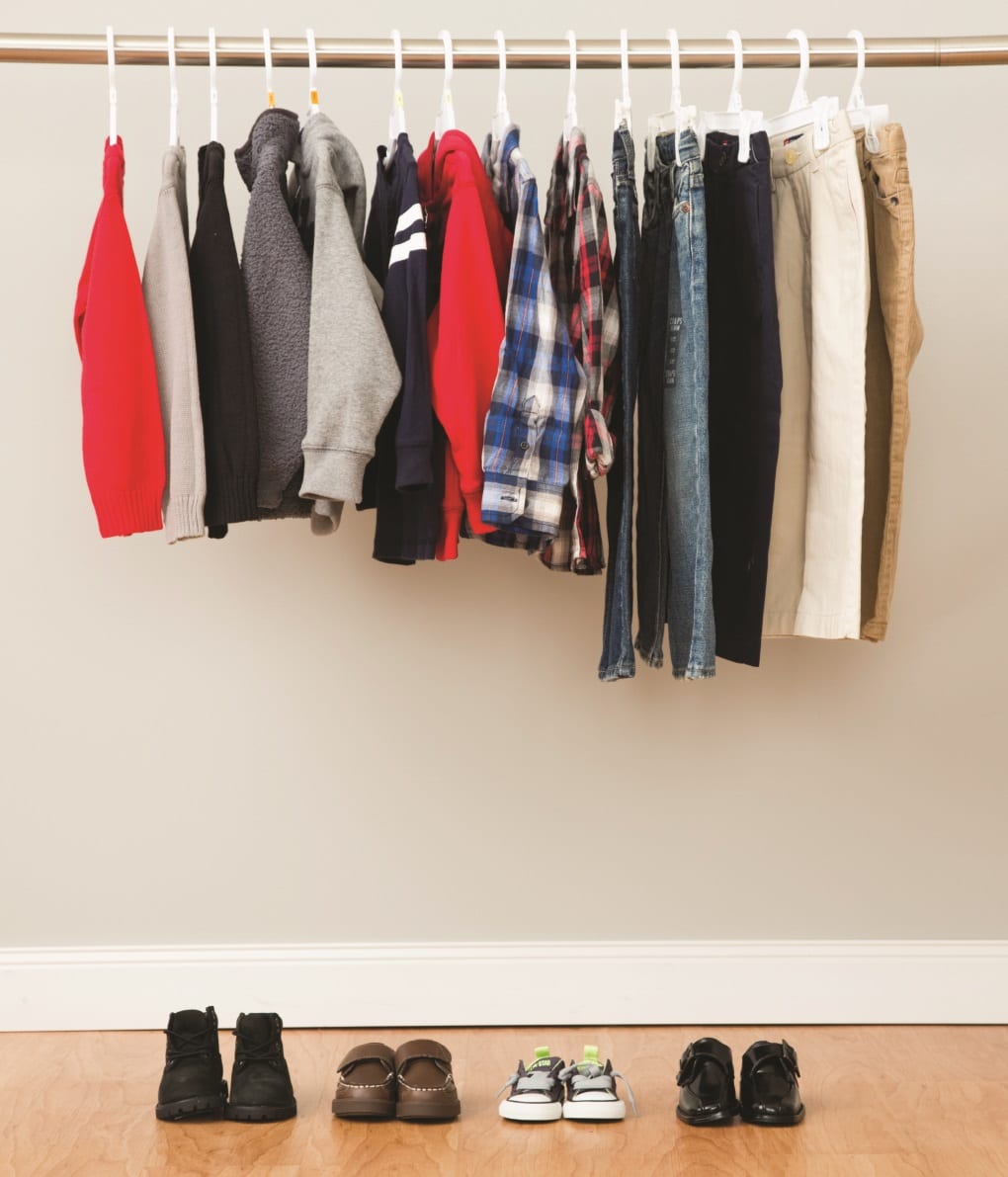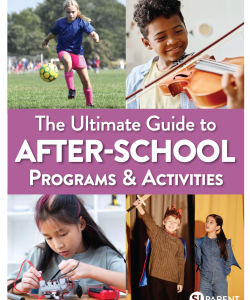Loving fathers are here for all kinds of good reasons. Mine was here to provide a good example, encourage us to learn all we could, and to enjoy books, travel and good music. But most of all, he was here to warn us.
This’ll be my first Father’s Day without my father. He passed away a few months ago, leaving me heir to lots of books, a little money, one-third of a house and – most significantly – the gift of grim prophesy.
Murphy’s Law is: Anything that can go wrong will go wrong. My dad used to say, “Epstein’s Law is: Murphy was an optimist.”
I try to keep to myself my crystal-clear glimpses of the future. But they leak out. In December I told my daughter, “Marie, make sure the Christmas tree has enough water.” Apparently it wasn’t the first thing I’d said about the tree, because my wife Betsy laughed and said, “That’s right, Marie. To Daddy, this isn’t a Douglas Fir, it’s a Flaming Torch.” Which is exactly how I’d been seeing it. WHOOOSH!
Besides notifying me of the hazards of wrapping a tinder-dry evergreen with cheap electric wire and hot light bulbs, my dad taught me lots more:
Never count your money in public or in front of an unshaded window. Garbage cans sitting empty at curbside are “an engraved invitation” to burglars. Wearing a campaign button reveals your secrets to unknown enemies, and bumper stickers can antagonize vandals or police officers. Never discuss politics or religion. Don’t be a showoff, loudmouth or wiseguy. Don’t lie. Don’t experiment. (If the clothes dryer were suited to defrosting hamburger meat, the owner’s manual would mention it.) Never go out looking like a bum. Stay away from trouble, situations that can turn into trouble, and people who attract trouble. And if you DO get into trouble, you are probably guilty of something – unluckiness, at the very least. That’s not a crime, but it might as well be.
Buy clothes that won’t go out of style. Always carry a handkerchief. In case of war, volunteer for the Entertainment Committee and become indispensable. Always leave an audience wanting more. Avoid the spotlight; public attention invites public criticism. Make reservations. Check references. Maintain your equipment. (“Grease is cheaper than metal.”) Use the right tool for the task, and put it back where it belongs. But if something is really hard to fix or build, hire people who know what they’re doing. Keep your papers in order. Save your receipts. Neatness and spelling count. Wash all fresh produce. (Dad could look into the past, too, and shared horrifying visions of fruit-picker hygiene.) Rely on the perspective of others. (“If two people tell you you’re drunk, go home and sleep it off.”)
Don’t try to get away with anything, and that includes using artificial sweeteners. There are no freebies or bargains. Read all instructions. Ask for directions. Save your money. Buy insurance. Running out of gas is not only foolish, but it sucks the sludge from the bottom of the tank into your carburetor and causes trouble. Don’t put furniture in front of a heating vent. Good intentions aren’t enough. Never underestimate the importance of clean fingernails, good grammar, perfect attendance, a clear conscience and a balanced diet. When outdoors, stay on pavement. Stay out of barrooms, tattoo parlors and casinos. Keep mayonnaise refrigerated. And the less you have to do with animals, the better.
With all of this good advice, is it any wonder, when I got out of school I naturally gravitated toward unsavory characters, taverns, motorcycles, guns, tequila, wild parties, chewing tobacco, sleeping in vacant lots and riding freight-trains?
Having survived my youth pretty much by accident, I’ve ripened into a middle-aged guy who believes that Dad’s practical and unheroic advice was right on target. Even the things that shouldn’t be true, are. I’ve been trying to impart this wisdom to my kids gently so I don’t challenge them to test it or dampen their zest for life.
But a little while ago I went into the kitchen for a late lunch and found one of the kids had left the mayonnaise out on the counter. (Lucky thing I happened by when I did.) I assembled the usual suspects and said, “Somebody left the mayonnaise out on the counter; it doesn’t matter who. But don’t do it again because bacteria breed in warm mayonnaise turning it into a witch’s brew of toxic slime that looks like regular mayonnaise.”
My wife got right to the crux of the matter, telling me, “It’s a wonder you and your brothers are bold enough to get out of bed in the morning.” But my point was made.
I wish Dad had left me in charge of joie de vivre instead of safety, but what is joy to a kid who’s writhing in agony in the Poisoned Children’s Ward?
By Rick Epstein, a local freelance writer and the author of “Rookie Dad” and “The Right Number of Kids.” Rick Epstein can be reached at rickepstein@yahoo.com.

Read Next | This Is Everything You Need to Find an Amazing Summer Camp Program in Staten Island




